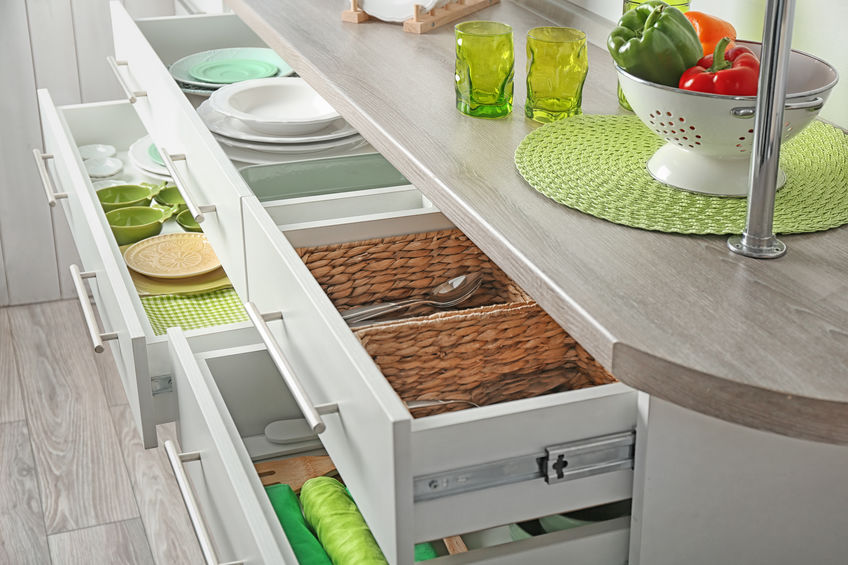Deciphering A Food Label
When it comes to food freshness, the grocery world can be confusing. These tips for deciphering a food label can help clarify things.
What does the "sell by" food label date on the organic milk carton really mean? How long is it good after the "sell by" date? Why doesn't the butter have one? And do I really have to use by the "use by" date?
There ought to be a law. But there isn't - at least not on all products in all states. U.S. federal law requires expiration dates only on infant formulas and baby food. They are voluntary for the rest of the food chain.
Worse, your grocer isn't required to take dated stuff off the shelves. Icky. Because all labeling isn't created equal, how can you tell what's good and what's allowed bacteria a toehold? Here's how to decipher a food label.
Best If Used By (or Before) and Use By Food Label Dates
The date you see is the last day the baker or farmer who created/baked/squeezed the product is willing to guarantee its freshness. You can also consider it the day the item begins to go bad.
Most foods are still edible after this date if they're stored properly, but there are no guarantees, Mom.
Calendar dates are found on perishables such as dairy products, eggs, meat, and chicken. Choose the freshest you can find (the date furthest in the future), digging your way to the back of the display. It's worth searching for.
Sell By or Pull-By Dates
After the sell-by or pull-by date on a food label, the manufacturer advises the grocer to remove the item from shelves. However, if the item hasn't been around longer than the recommended storage time it may still be eaten.
Deciphering A Food Label Expiration Date
When it comes to a food label's expiration date, don't push it. When this date has come and gone, so should the food inside the dated label.
This is one you can take to the (food) bank. It's as firm as food dating gets. Choose the item with the date furthest in the future so it will last longer in your fridge.
The exception to the rule: eggs. Their expiration date is the last day a store can sell them as fresh. Buy eggs before the expiration date and use them within one month.
Deciphering A Food Label Closed, Coded, or Pack Dates
Closed, coded, or pack dates tell when shelf-stable stuff such as cereal or canned tuna was packed or boxed. And no, they are not easy to read by design.
These dates are more of a manufacturer's code to help them (not you) rotate their products or track them in the event of a recall. (There's a scary thought.)
Some of these dates are coded by month (M), day (D), and year (Y); others use an encrypted type code. If you can read the date, choose the product made most recently.
Unsure? Plan to keep canned goods in the pantry for one year. The same rule applies to cake mixes, too. Some mixes contain oils that may become rancid over time.
The exception to this labeling rule: Canned olives and packaged pickles and peppers should be used within three months.
For more tips, visit the U.S. Food & Drug Administration.
- Clean Home
- Kitchen
- Decipher a Food Label








